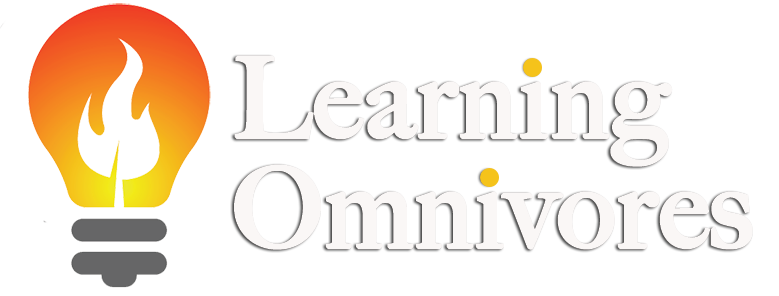Who? YOU
Organizations are going through constant and unrelenting change. Does anyone think the landscape will change anytime soon? I don’t. Charles Duhigg (2012) refers to ‘cues’ that are presented to us, many times unannounced. These cues cause us to react. Marshall Goldsmith (2015) calls these ‘triggers’ that many times send us into a routine based on our past knowledge, skills, and/or attitudes. Both authors suggest if a different outcome is desired, since we can’t control the cue or trigger, change the response routine. The response is what YOU can control. So, who? The answer is YOU.
On hearing a colleague say, ‘why don’t you and him change?’ it seems this is an attempt to shift the responsibility away from the individual and shift it to others. Experience has shown that if leaders are not willing to model a change, why would others believe or act in accordance with a change in policy, procedure, or attitude. As General Shinseki said, “If you don’t like change, you are going to like irrelevance even less.” So, if you do not like the results, change the routine to create a different result. So, if you want change, who leads it? The answer is YOU.
In speaking with Dan Dominguez, WHY Institute, about the ‘Contribute’ WHY, Dan indicated that the highest percentage of people are in the ‘contribute’ category. Pondering this information, it occurred to me that one reason might be YOU. Consider the possibility of ‘Contrib(YOU)te. You are the one who contributes. You are the one that can make a difference. You have control over what you think, you say, and/or what you do. So, who is a contributor? The answer is YOU.
What encourages, enhances, and extends contributors to help organizations be successful? Frederick Herzberg (2008) conducted research in 1959 with engineers. He found the following that increases motivation and factors that decrease motivation.
The growth or motivator factors are intrinsic to the job:
- Achievement
- Recognition for achievement, the work itself
- Responsibility
- Growth or advancement
The dissatisfaction-avoidance or hygiene factors that are extrinsic to the job are:
- Company policy and administration
- Supervision
- Interpersonal relationships
- Working conditions
- Salary
- Status
- Security
This research has been available for many years. Where are your policies and leadership strategies focused?
Dan and Chip Heath (2017) wrote the ‘Power of Moments.’ The focus is, what makes an experience memorable? The short answer is, how you are treated. For years Disney has promoted a major goal of repeat customers. A one-off will not sustain a business. The example in the Heath Bros book is a hotel in Los Angeles named the ‘Magic Castle.’ It is the second most popular hotel ahead of many major hotel chains in LA. Why?
The customer experience. ROX, return on experience outweighs the ROI, which is more cost based. For example, the red phone by the pool gets you a free popsicle. They deliver unmatched service. Read the book for more examples. The Heath’s write about three rules:
- Break the Script – go above and beyond what is expected. I know of a restaurant in my hometown that provides chips and pimento cheese when you sit down. Unexpected and a nice way to be greeted
- Attend to transitions – when attending a zoom by Dan Heath, he showed a video of how a new teacher entered the profession. The district had a former teacher there to greet her the first day with the rest of the staff cheering on.
- Moments of Connection – watch videos from TD Bank in Canada and how loyal customers are thanked. One woman received flowers from the ATM. A young boy got tickets to the local baseball team game.
One of the few shows I watch regularly is Undercover Boss. At the end of the program most employees receive unexpected gifts for their service to the company, community, or colleagues. (OK, a few times there are negative results but over 90% are positive). Kudos to those companies and their leaders to experience what everyday heroes and sheroes do.
A Story
There is a story attributed to Native Americans about the ‘Wolf with Two Heads.” This story can be googled or found in A Trainer’s Companion (2004) by Olsen and Sommers, page 17. The story goes that there is an internal fight going on inside of us between a wolf of evil and a wolf of good. When a young boy asked his grandfather, ‘which one wins?’ the grandfather responds, “The One You Feed.”
Which one are you feeding? Which one are the people you most closely associate with feeding?
References:
Duhigg, Charles. (2012). The Power of Habit. New York: Random House
Goldsmith, Marshall. (2015). Triggers. New York: Crown
Heath, Chip, & Heath, Dan. (2017). The Power of Moments. New York: Simon & Schuster
Herzberg, Frederick. (2008). One more time: how do you motivate employees? Boston: Harvard Business Press.
Olsen, Walter, & Sommers, William. (2004). A Trainer’s Companion. Baytown, TX: AHAProcess
